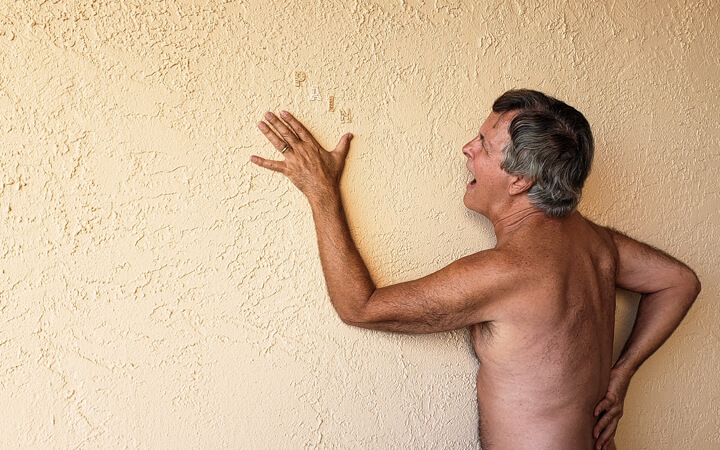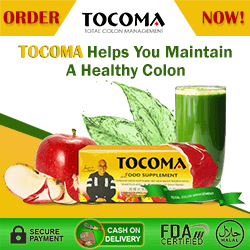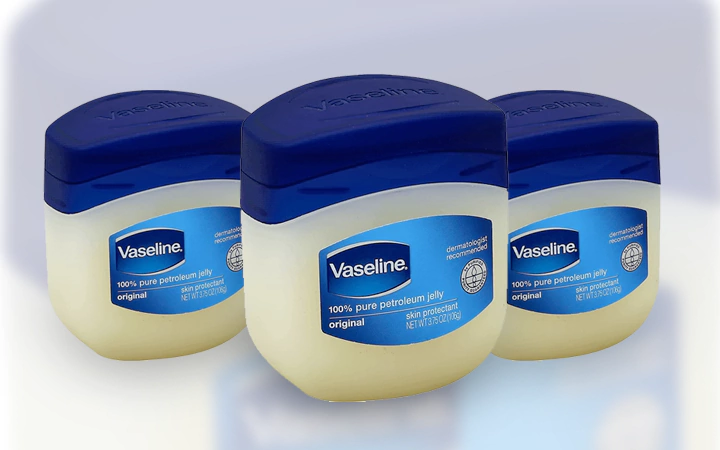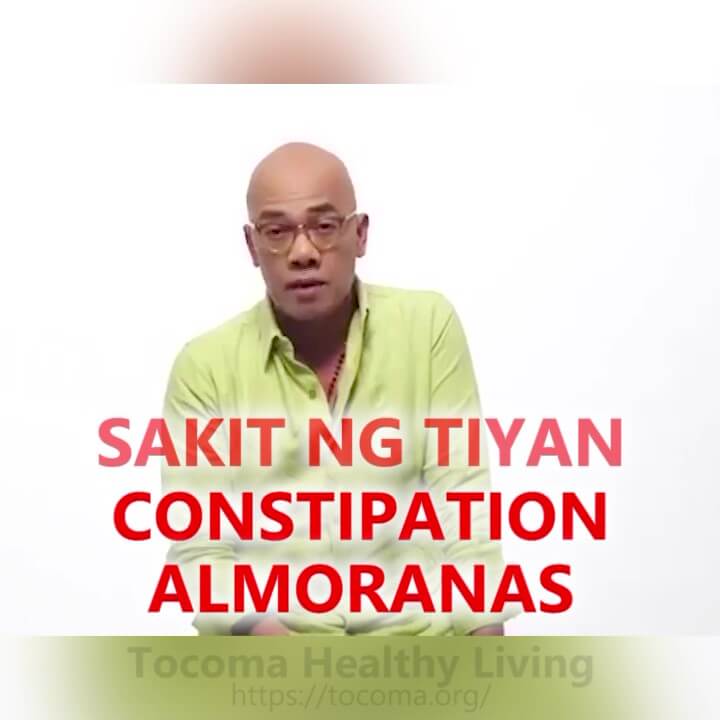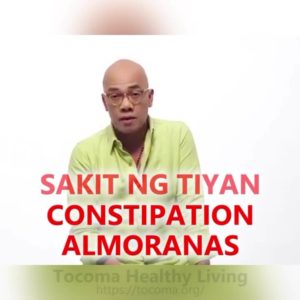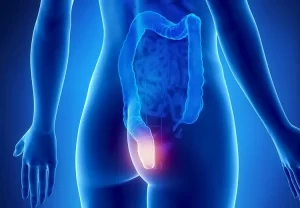Almoranas, (almoranas in English is Hemorrhoids), are swollen veins in the lower part of the anus and rectum. Sometimes, the walls of these blood vessels are stretched so thin that the veins bulge and get irritated, especially when you poop.
Hemorrhoids can be unpleasant and painful; they are also one of the most common causes of rectal bleeding. However, they are very preventable and can be easily treated.
In this article, we take a closer look at hemorrhoids (almoranas), including their causes, symptoms, treatment, and more.
What Are Hemorrhoids?
Hemorrhoids (almoranas) are blood vessels located in the smooth muscles of the walls of the anus and rectum. They are a normal part of the human anatomy and are located at the junction where small arteries merge into veins. They are cushioned by connective tissue and smooth muscles and are classified by where they are located.
- Internal Hemorrhoids. Internal hemorrhoids are found inside the rectum. You usually can’t feel or see them, and they rarely cause discomfort. However, irritation or straining when passing stool can cause painless bleeding during bowel movements or hemorrhoid pushes through the anal opening, resulting in pain and irritation.
- External Hemorrhoids. External hemorrhoids are found under the skin around your anus. External hemorrhoids are the most uncomfortable because the overlying skin irritated and erodes. Also, if a blood clot forms inside external hemorrhoid, the pain can be sudden and severe.
Almoranas Causes: What Causes Hemorrhoids?
The veins around your anus tend to stretch under pressure and may swell or bulge. Hemorrhoids may develop from increased pressure in the lower rectum due to:
- Straining during bowel movements
- Sitting for long periods of time on the toilet
- Having chronic constipation or diarrhea
- Being pregnant
- Being obese
- Eating a low-fiber diet
- Regular heavy lifting
- Having anal intercourse
Hemorrhoids Risk Factors
Hemorrhoids can be genetically passed on from parent to child, so if your parents had hemorrhoids, you are more likely to get them. Being obese, consistently heavy lifting, or having other constant strains on your body can also increase your risk of hemorrhoids.
Standing too much without taking a break to sit may also cause hemorrhoids to develop. Consistent diarrhea and anal sexual intercourse can also increase your risk of hemorrhoids.
You are also more likely to develop hemorrhoids if you are pregnant. Why? When the uterus enlarges, it presses on the vein in the colon, causing it to bulge.
As you age, your risk of hemorrhoids increases as well. That’s because the tissues that support the veins in the anus and rectum can weaken and stretch.
Almoranas Symptoms: How Do You Know You Have Hemorrhoids?
Signs and symptoms of hemorrhoids depend on what type of hemorrhoid you have.
- Internal Hemorrhoids. Internal hemorrhoids are found inside the rectum. You usually can’t feel or see them, and they rarely cause discomfort. However, irritation or straining when passing stool can cause:
- Painless bleeding during bowel movements. You might notice trace amounts of bright red or pink blood in the toilet or on your toilet tissue.
- Hemorrhoid to push through the anal opening (known as protruding or prolapsed hemorrhoid). This results in irritation and pain.
- External Hemorrhoids. External hemorrhoids are found under the skin around your anus. External hemorrhoids are the most uncomfortable because the overlying skin irritated and erodes. Signs of external hemorrhoids include:
- Bleeding
- Pain or discomfort
- Swelling around your anus
- Irritation or itching in your anal region
- Thrombosed Hemorrhoids. If blood pools in the external hemorrhoid and forms a thrombus (clot), it can result in:
- Inflammation
- Swelling
- Severe pain
- A hard lump near your anus
Almoranas Diagnosis
Your doctor might be able to see external hemorrhoids. However, diagnosing internal hemorrhoids might include an examination of your rectum and anal canal.
- Visual Inspection. Because internal hemorrhoids are usually too soft to be felt during a rectal exam, your doctor might examine the lower part of your colon and rectum using a sigmoidoscope, anoscope, or proctoscope.
- Digital Examination. During a digital examination, your doctor will insert a gloved, lubricated finger into your rectum. Your doctor will feel for anything unusual, such as growth.
Almoranas Treatment
In most cases, simple measures can alleviate symptoms while hemorrhoids get better without treatment. However, medications and even surgery may sometimes be necessary.
- Home Treatments. Symptoms can be alleviated using some home treatments. However, they won’t eliminate the hemorrhoids. Home treatments include:
- Eating high-fiber foods. Eat more whole grains, fruits, and vegetables. Doing so softens the stool and increases its bulk, which can help you avoid straining that can worsen symptoms from existing hemorrhoids. Take note to add fiber to your diet slowly to avoid problems with gas.
- Topical ointments and creams. Over-the-counter creams, ointments, or suppositories which contain hydrocortisone can be used to alleviate symptoms.
- Cold compresses and ice packs. Applying cold compresses or ice packs to the affected area may help reduce swelling.
- Moist towelettes. Instead of using dry toilet paper that may aggravate the problem, use moist towels instead.
- Medications. Some painkillers, such as acetaminophen and ibuprofen may alleviate the discomfort and pain.
- Medical Procedures. If home treatments aren’t helping with your hemorrhoids, your doctor might recommend certain medical procedures.
- External Hemorrhoid Thrombectomy. If a painful blood clot has formed within external hemorrhoid, your doctor can remove the hemorrhoid. This can provide you with prompt relief. This procedure, which is performed under local anesthesia, is most effective if performed within 72 hours of developing a clot.
- Rubber Band Ligation. During this procedure, your doctor will place one or two tiny rubber bands around the base of the internal hemorrhoid to cut off its circulation. Hemorrhoids will wither and fall off within a week. Hemorrhoid banding can be uncomfortable and may cause bleeding after 2 – 4 days after the procedure, but is rarely severe.
- Sclerotherapy. During this procedure, your doctor will inject a chemical solution into the hemorrhoid tissue to sink it. While the injection causes little to no pain, it might be less effective than rubber band ligation.
- Surgical Procedures. If you have large hemorrhoids or if other treatment options don’t work, your doctor might recommend certain surgical procedures.
- Hemorrhoid Stapling. Hemorrhoid stapling, also known as hemorrhoidopexy, is used to treat prolapsed hemorrhoids. A surgical staple fixes the prolapsed hemorrhoid back into place inside your rectum and cuts off the blood supply so the tissue will shrink and be reabsorbed. Stapling recovery takes less time and recovery is less painful compared to a hemorrhoidectomy.
- Hemorrhoidectomy. Hemorrhoidectomy (hemorrhoid removal) is used for large external hemorrhoids and internal hemorrhoids that have prolapsed or are causing issues and are not responding to non-surgical interventions. Hemorrhoidectomy is the most effective and complete way to treat recurring or severe hemorrhoids. The surgery can be performed with local anesthesia combined with sedation, spinal anesthesia, or general anesthesia. Most people experience some pain after the procedure, which can be alleviated with medications. Soaking in a warm bath also might help.
Almoranas Prevention
The best way to prevent hemorrhoids is to keep your stools soft so that they pass easily. To prevent hemorrhoids and reduce symptoms of hemorrhoids, you should:
- Drink plenty of fluids. Make sure to drink 6 to 8 glasses of water and other liquids (not alcohol) each day to help keep your stools soft.
- Eat high-fiber foods. Eat more whole grains, fruits, and vegetables. Doing so can soften the stool and increase its bulk, which will help you avoid straining that can cause hemorrhoids.
- Exercise. Exercising regularly can help prevent constipation and reduce pressure on veins, which can occur with long periods of sitting or standing. Exercising regularly can also help you lose excess weight that might be contributing to your hemorrhoids.
- Consider fiber supplements. Many people don’t get enough of the recommended amount of fiber (20 – 30 grams a day) in their diet. Studies have shown that over-the-counter fiber supplements, such as methylcellulose (Citrucel) or psyllium (Metamucil), can improve overall symptoms and bleeding from hemorrhoids. Note that if you use fiber supplements, you should drink at least 8 glasses of water or other fluids each day; otherwise, the supplements can aggravate or worsen constipation.
- Go as soon as you feel the urge to poop. If you wait to pass a bowel movement and the urge goes away, your stool may dry out and be harder to pass.
- Don’t strain. Holding your breath and straining when trying to pass a stool creates greater pressure in the veins of your lower rectum.
The Takeaway
Almoranas, (almoranas in English Hemorrhoids), are swollen veins in the lower part of the anus and rectum. Hemorrhoids can be unpleasant and painful; they are also one of the most common causes of rectal bleeding. However, they are very preventable and can be easily treated.
Relief for most hemorrhoid symptoms can be found with simple, home remedies for hemorrhoids including eating high-fiber foods, cold compresses, ice packs, topical ointments and creams, and medications. Non-invasive medical procedures like external hemorrhoid thrombectomy and sclerotherapy may also be used to treat hemorrhoids. However, for large hemorrhoids or hemorrhoids that don’t respond to other treatments, surgery may be necessary.
To prevent hemorrhoids, make sure to drink plenty of fluids, exercise regularly, eat high-fiber foods, consider fiber supplements, and go as soon as you feel the urge to poop.
If you have signs and symptoms of hemorrhoids, talk to your doctor. If necessary, your doctor might refer you to one or more specialists – such gastroenterologist or a colon and rectal surgeon – for proper evaluation and treatment.
Basahin Ang mga Dagdag na Kaalaman Tungkol sa Almoranas

